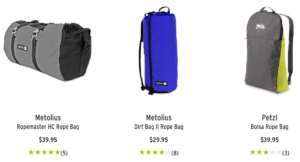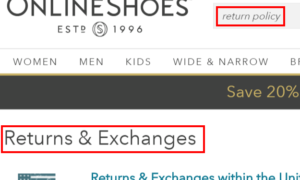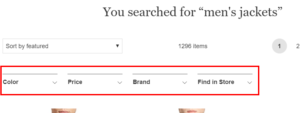
Product reviews can be found on nearly every eCommerce site, and most recognizably on the eCommerce giant Amazon. That’s with good reason: reviews have been proven to increase conversion rates. But spend any time at a company with an eCommerce presence and the following question will eventually come up, usually in a cross-departmental meeting, and usually from merchants or buyers:
Can we delete the negative reviews? They’re hurting our sales.
In some organizations, this indeed happens (I’m suspicious, Home Depot). The concept makes sense on its face. The customer didn’t like the item for whatever reason, and that will scare away other potential customers. This is especially prevalent on new items – one or two initial negative reviews could sink the item before it even had a chance to succeed.
Unfortunately, this is wishful thinking. Here’s why.
Reason #1: Items are not meant for everyone.
Say you are selling a wristwatch with a leather strap. Someone may leave a negative review stating that he’s a runner, and the strap wasn’t removable, so he returned the item. This item wasn’t meant for him. This is a nice segue into the next reason …
Reason #2: Visitors feel more informed after reading negative reviews. They feel like they’ve done their homework.
Returning to the wristwatch example, potential customers feel like they know what’s “wrong” with item: the strap isn’t removable. Then, they weigh that “con” against what they are looking for in a watch. Many visitors will find that does not matter to them, AND they feel like they have enough information to make a decision. Great!
Reason #3: Negative product reviews provide a balance to the positive reviews.

There should be some items that are not the best. That’s okay. It makes the items that do have 100% positive reviews look more legitimate. It’s part of the old “good-better-best” marketing strategy.
Really, the strategy of how to deal with negative reviews boils down to either protecting individual products or protecting overall site conversion. I believe it’s better to work with customer feedback instead of against it.


